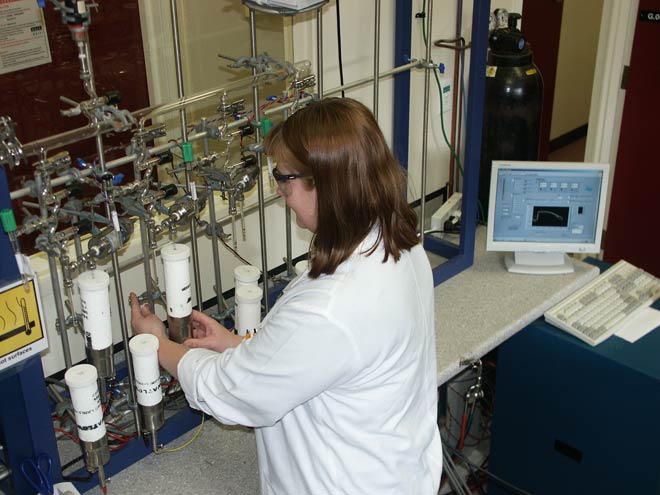
Radiocarbon dating is one of the main lines of evidence of Polynesian arrival some time between 1250 and 1300. Since the 1950s, when this method was developed, scientists have learnt more about its application in the New Zealand setting. For example, they have found that some materials (such as moa eggshells) can generally be more reliably dated than others (such as the bones of omnivores). In the late 1990s moa eggshells from a moa-hunting archaeological site at Wairau Bar in Marlborough were radiocarbon dated at 1288–1300 by the Waikato Radiocarbon Dating Laboratory, giving one of the earliest reliable dates for New Zealand settlement.
Using this item
University of Waikato
Photograph by Alan Hogg
This item has been provided for private study purposes (such as school projects, family and local history research) and any published reproduction (print or electronic) may infringe copyright law. It is the responsibility of the user of any material to obtain clearance from the copyright holder.








Comments
it was helpful in gathering
kalyani (not verified)
19 December 2013
Add new comment